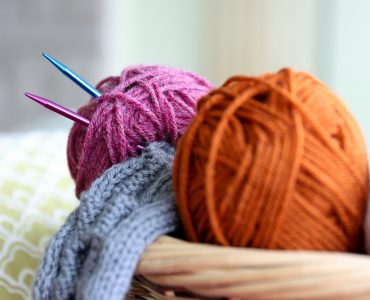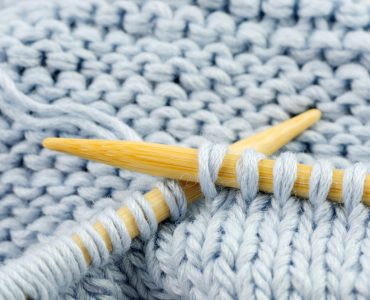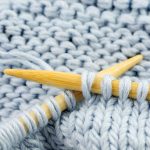Writing one’s own knitting patterns offers new opportunities for creativity. It also allows knitters to improve on existing patterns for their own use. There are some things that must be kept in mind when writing a pattern for knitting.
You must begin with an idea of your desired design. You can sketch out a design or just modify an existing design for style. A good understanding of fundamental increases and decreases is also important. Each kind of increase and decrease in knitting creates a different look in the end product, thus selecting the right ones is vital.
Familiarisation of common knitting abbreviations is a must. Knitting books, magazines or the internet can provide you with information on the common knitting notations. Some of the most common knitting abbreviations include YO for yarn over, KFB for a knit-front-and-back increase and M1 for a make-one increase. Some of the most common abbreviations for decreases include SSK for slip, slip, knit and K2tog for knit two together.
Use the yarn gauge swatch in order to know the total number of stitches to be cast on. You should select the appropriate cast-on for the stitches. Vertical distances may be noticed in the pattern as either rows or inches, as you prefer. As you begin knitting, chart out the design if required and give pattern measurements and schematics. This ensures that all of the pattern pieces will fit together suitably if it is time to seam them.
Before you share pattern with others or publish them, let your knitting friends test knit your pattern first.










